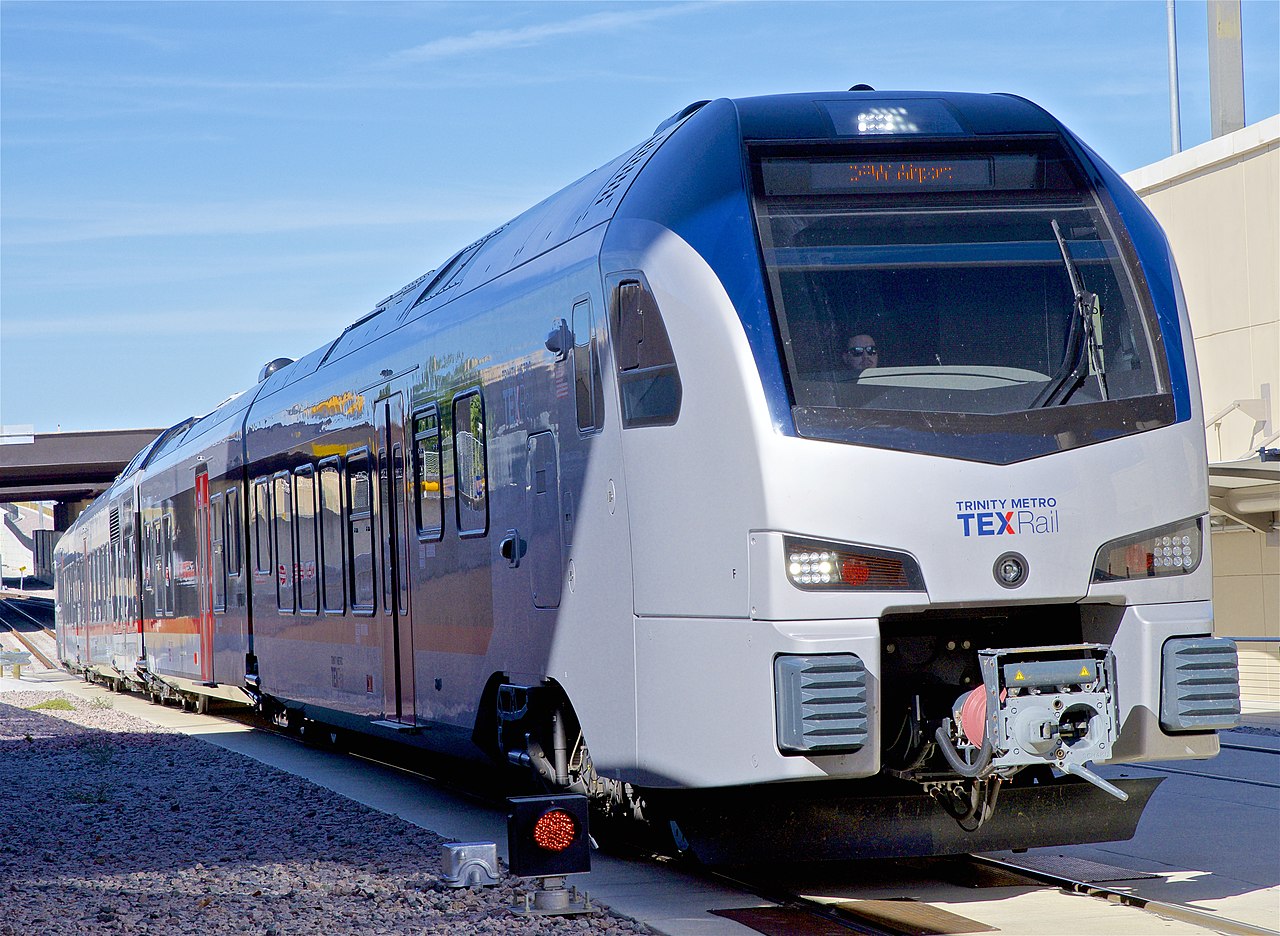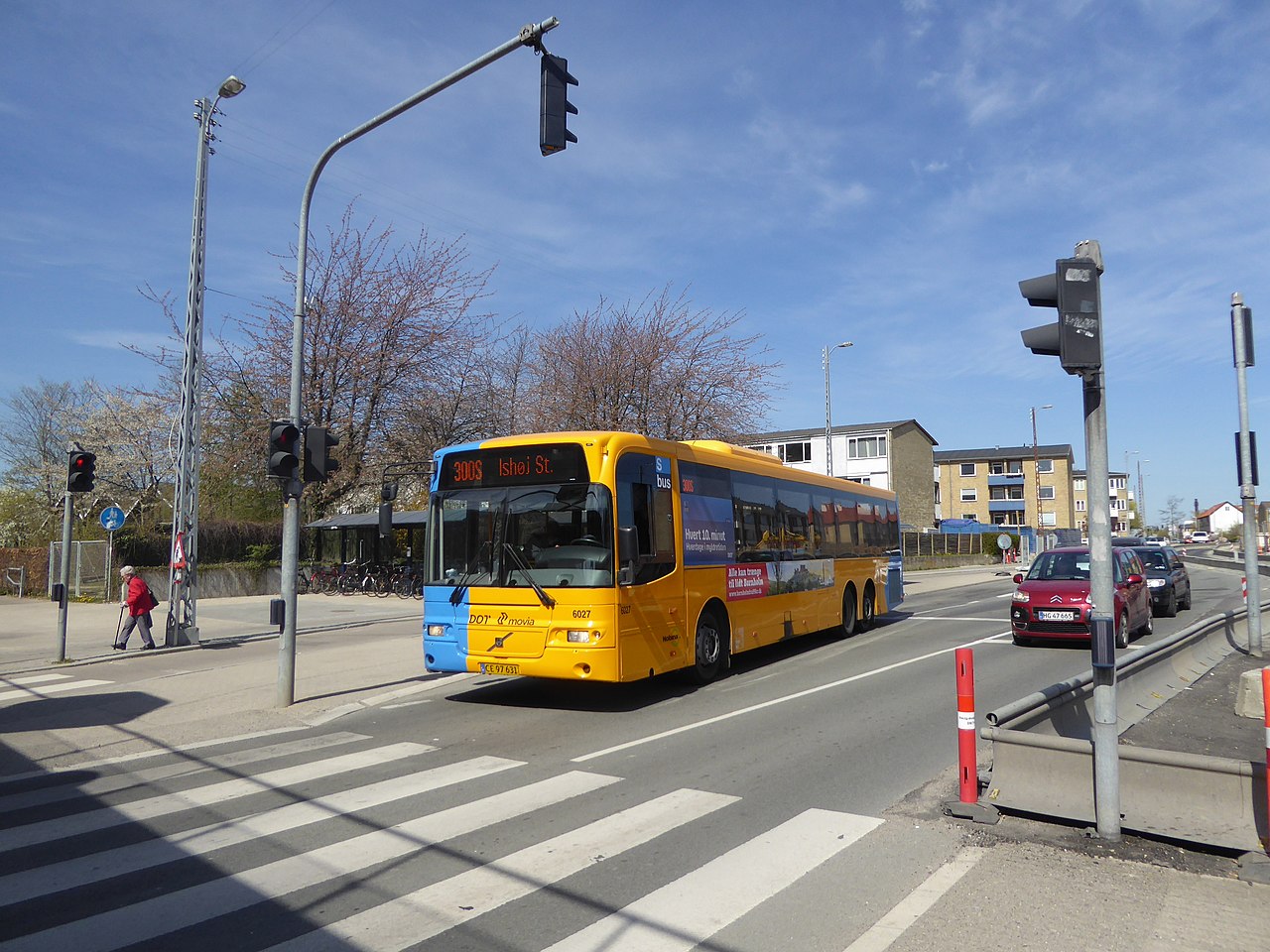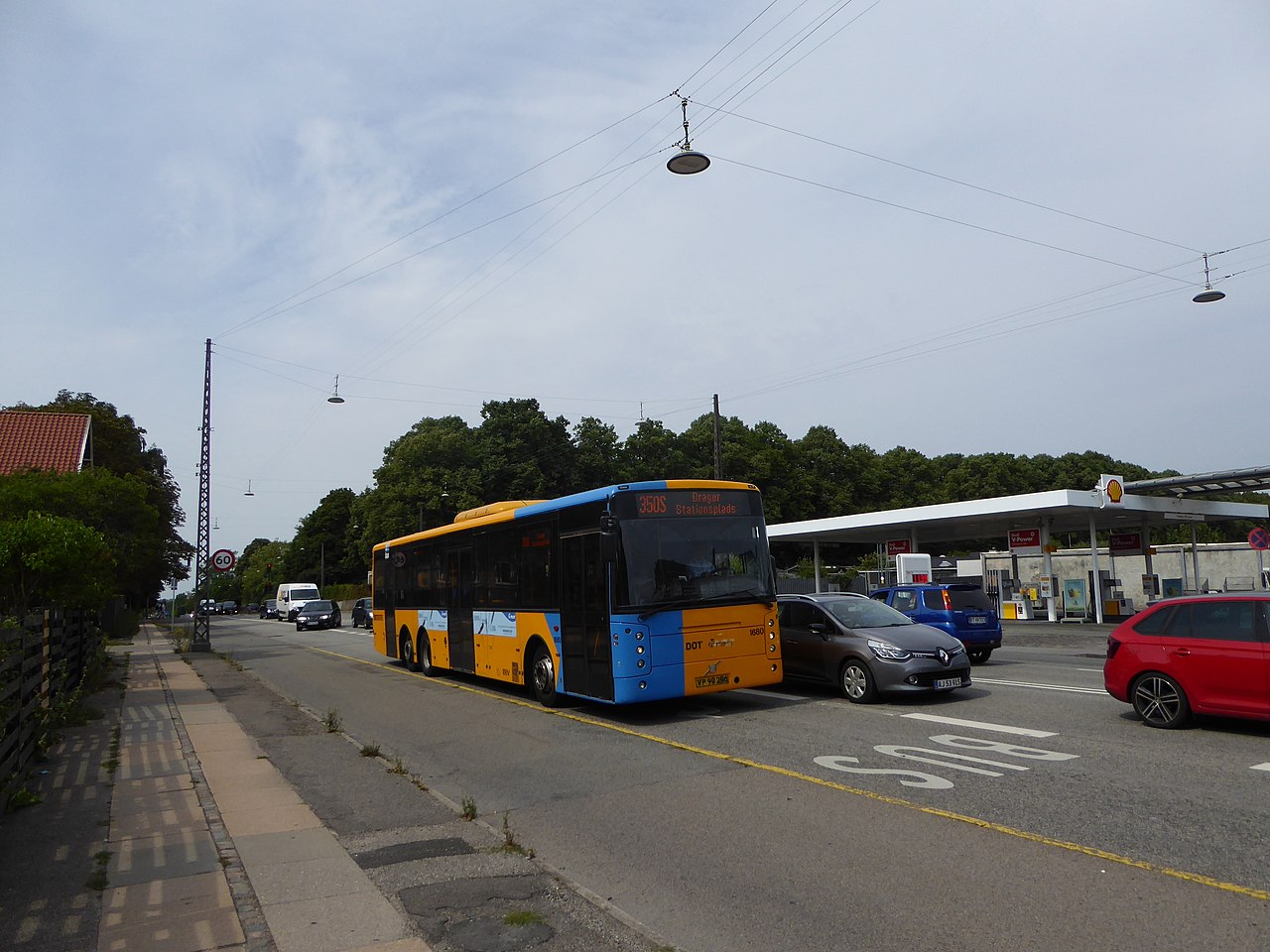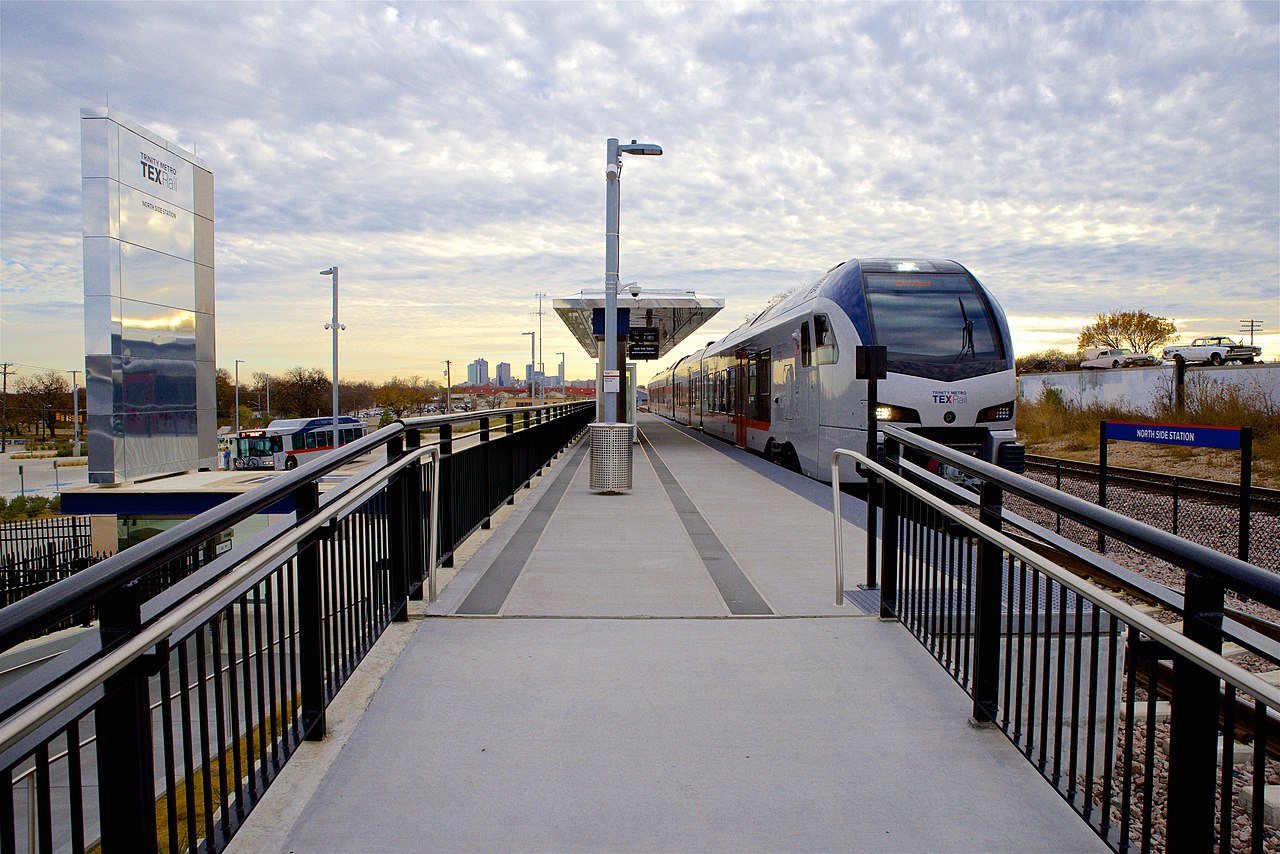I am often been told that you cannot have transit in the suburbs, and that, in order to have an efficient transit network, you need a dense urban core.
Let’s see how you can create a good transit network for a suburban area.

1) Consistent services.
First, let’s clarify a point:
Transit in the suburbs doesn’t need to work the same as in the urban core.
Transit in the suburbs needs to be reliable, not necessarily frequent.
The most important thing in suburban transit, is a basic service, that goes on all day long, 7/7, from 5 am to midnight.
For the least dense suburbs, the basic service can be 1 bus/train per hour. As the suburbs become denseer and denser, we can increase the service to 1 bus/train every 30, 20 or 15 minutes.
It’s important to keep the basic service consistent throughout the day and troughout the week. This way, we’ll know that, whenever we need to travel, there will always be a bus/train within one hour, always at the same minute. We can go out of our home 10 minutes before, and be sure our bus/train will be there.
There might be 1-2 empty buses/trains per day (especially in the morning, between 9AM and noon, or in the evening on weekdays), but these empty bus are necessary in order to keep the system reliable.

Our basic service will make our suburban transit reliable, but it will fail to deal with rush hour peaks. Buses/trains in rush hour will be overcrowded, while off-peak buses/trains will be almost empty.
In order to deal with rush hour overcrowding, we can add a second, more frequent service only for rush hour. Rush hour service doesn’t need to be as consistent as the basic service, but it can adapt quite easily to the needs of the customers. And, if a special service for a school, factory or stadium is needed, it must be included in rush hour service, never in the basic service.
In order to make our transit system easier to understand, we can also give two different numbers to the two services. The basic service could be labeled line 1A, while the rush hour service can be labeled line 1B.
And this will be our schedule:
- 5h: 30
- 6h: 30 40
- 7h: 00 20* 30 40
- 8h: 00 20* 30 40
- 9h: 00 30
- 10h: 30
- 11h: 30
- 12h: 00 20 30 40
- 13h: 00 20 30
- 14h: 30
- 15h: 30
- 16h: 30 40
- 17h: 00 20* 30 40
- 18h: 00 20 30 40
- 19h: 00* 30
- 20h: 30
- 21h: 30
- 22h: 30
- 23h: 30
- 0h: 30
* Special service, serving a school.
Occaional travelers only need to know that every hour, at .30 a bus of line 1A is coming, while regular commuter can use lines 1A and 1B and have a bus every 10-20 minutes. Students can use the special services of line 1B, at 7.20, 8.20, 17.20 et 19.00.
2) Straight lines and transit hubs.
A single bus/train doesn’t need to go everywhere. The best way to have a good service in the suburbs is to have bus/train lines along the main arterials, and a few trasit hubs with timed transfers.


Timed transfers work like this (the example here is for a hub centered around the minute .00):
- No bus/train arrive at the hub before the minute .50
- All buses/trains arrive between the minute .50 and the minute .55
- All buses/trains stop within the hub between the minute .55 and the minute .05, thus allowing passenger to change from one bus/train to another.
- All buses/trains leave the hub between the minutes .05 and .10, leaving the hub empty until the minute .50

3) Transit stops as living places.
Most transit stops in the US are just in the middle of nowhere.


While at the same time, the best destinations are far away from transit stops.

In order to have a transit-oriented suburb, you should put the two together, and have the train to stop directly inside the destination.

So, here it is. Transit in the suburbs is possible, you just need to do it the right way.


Laisser un commentaire